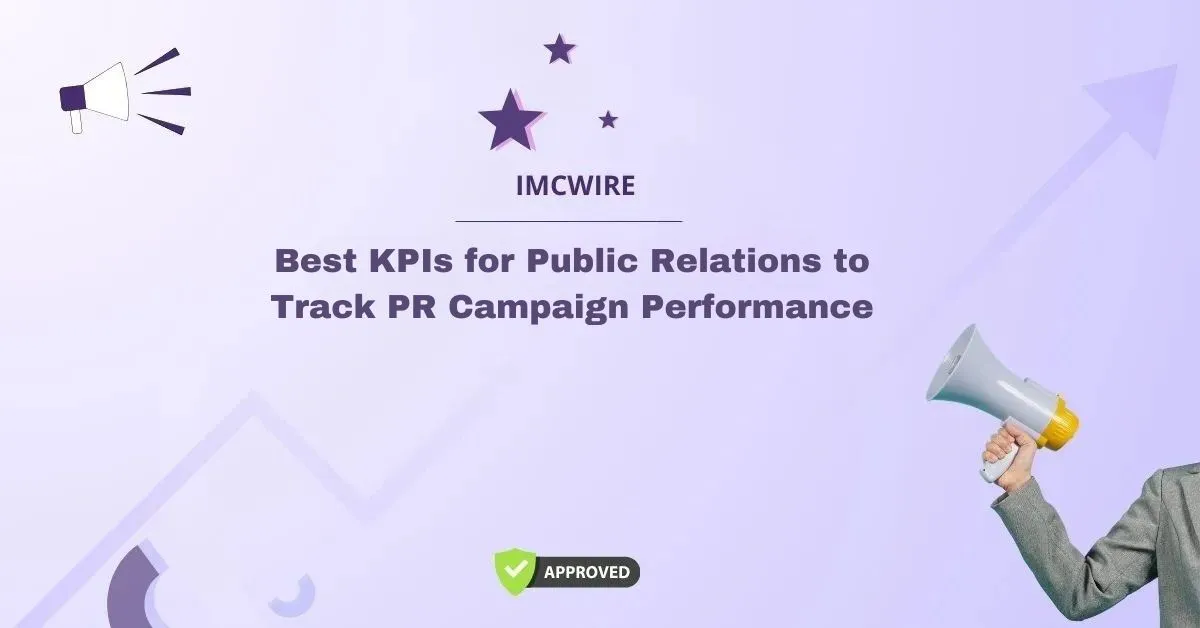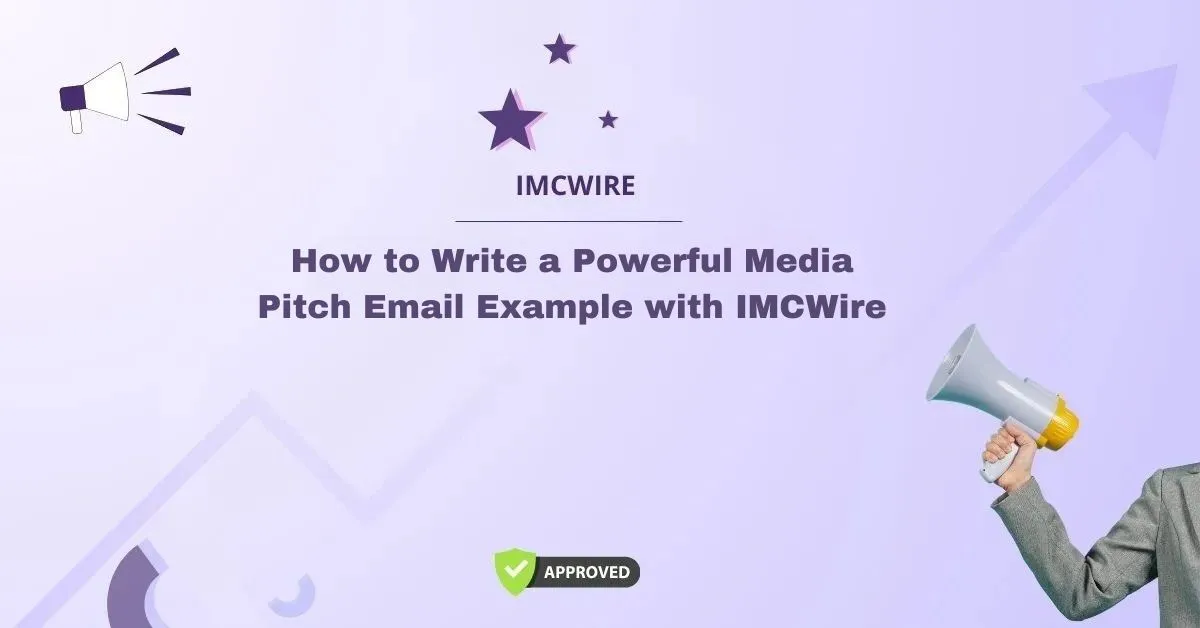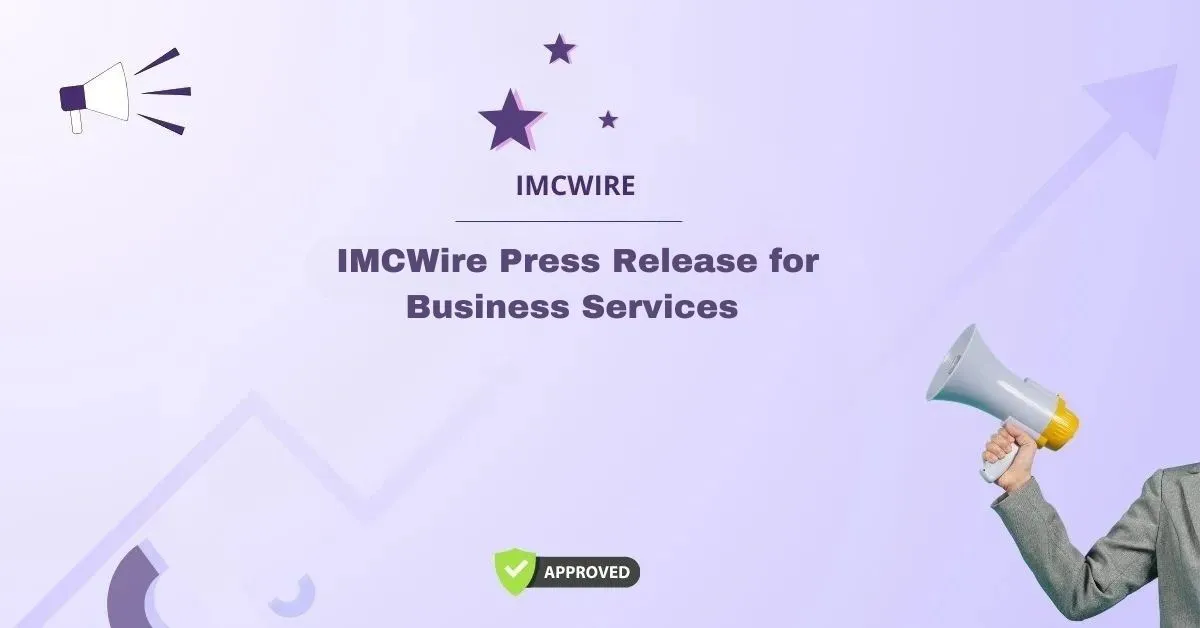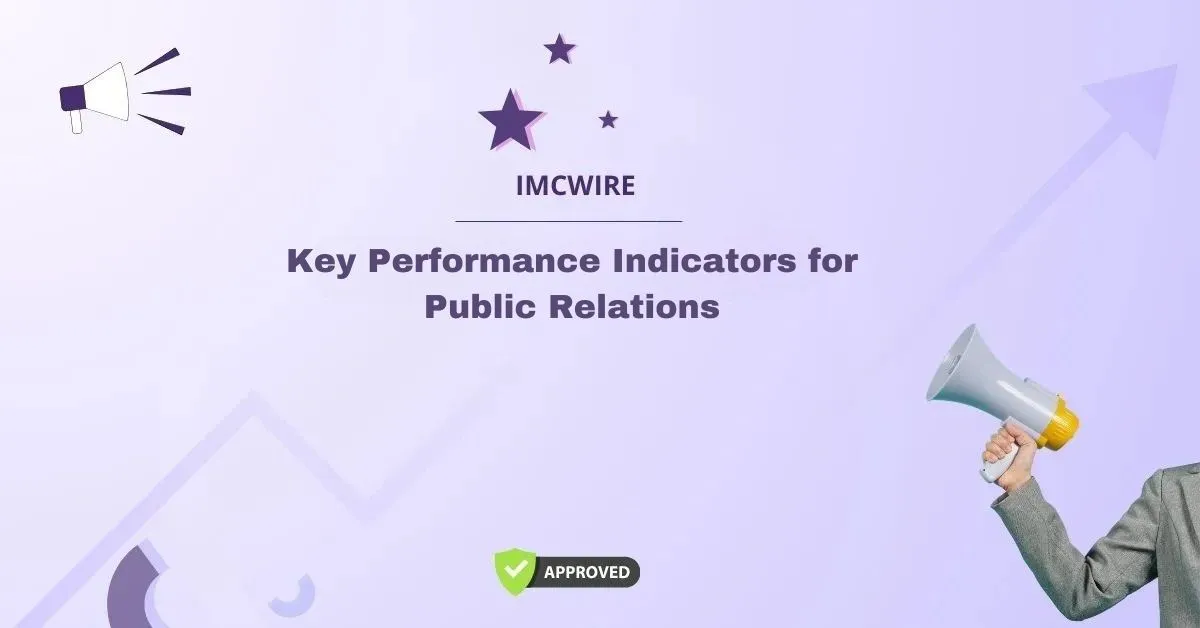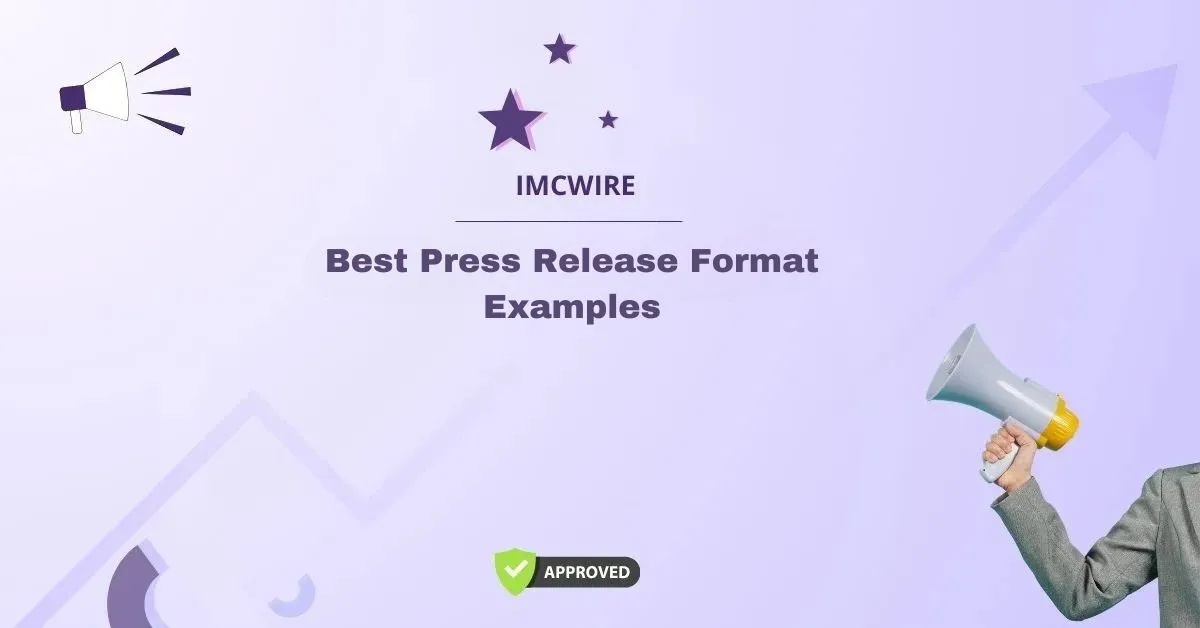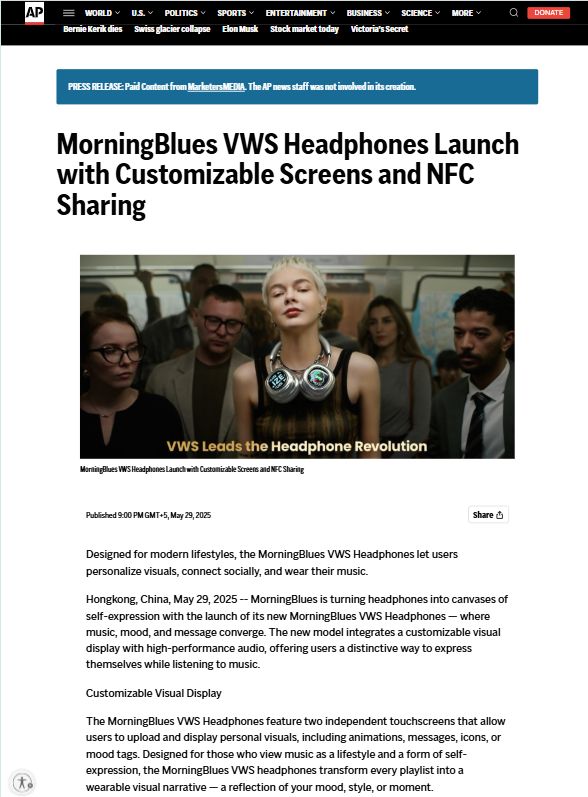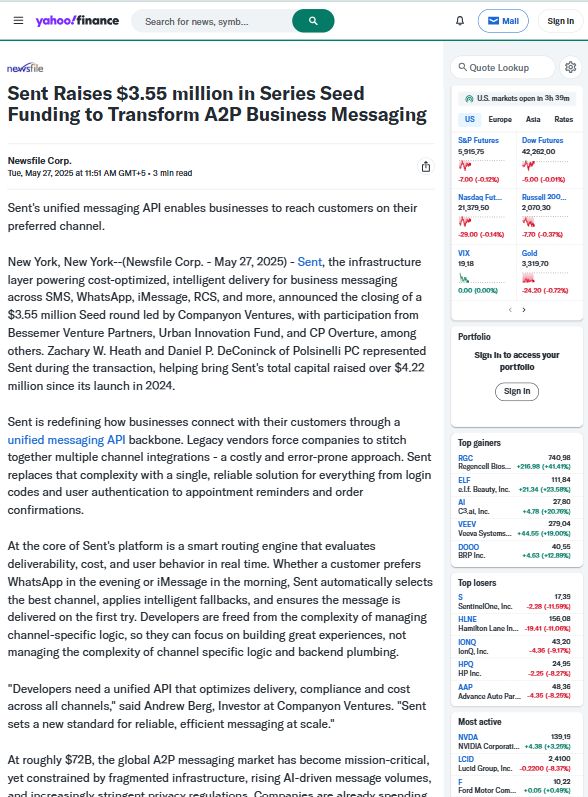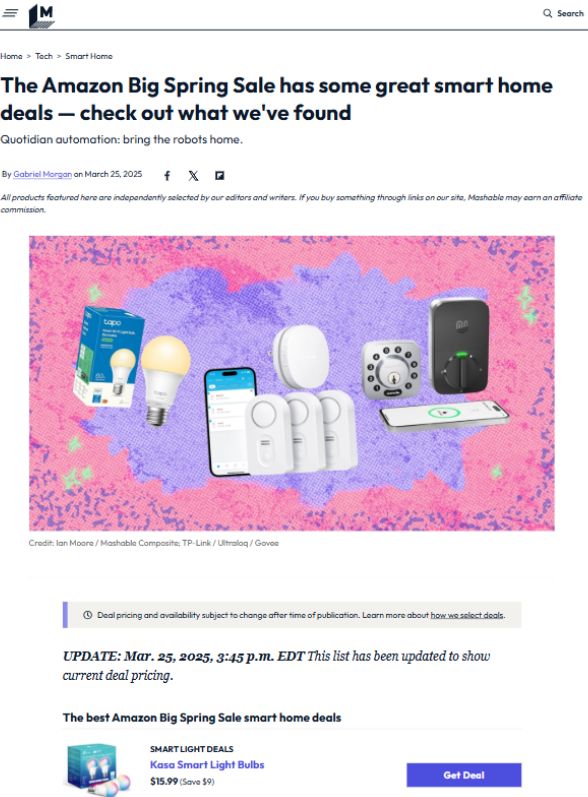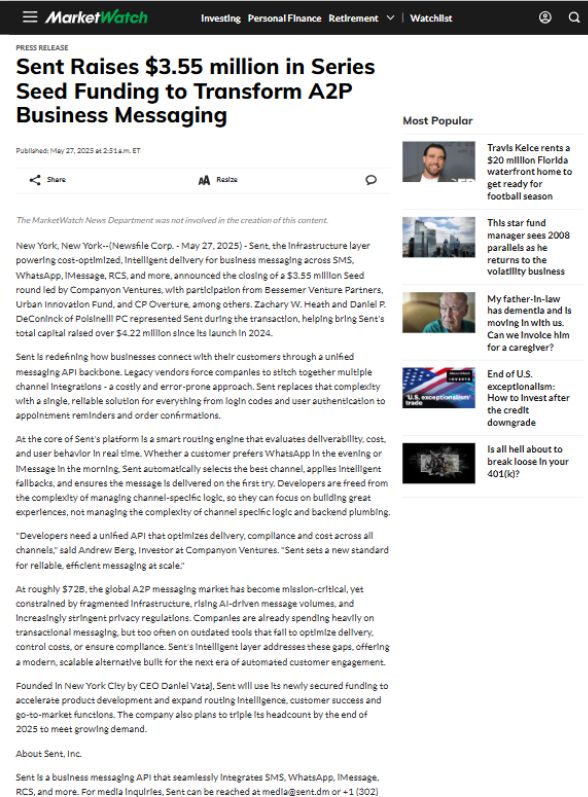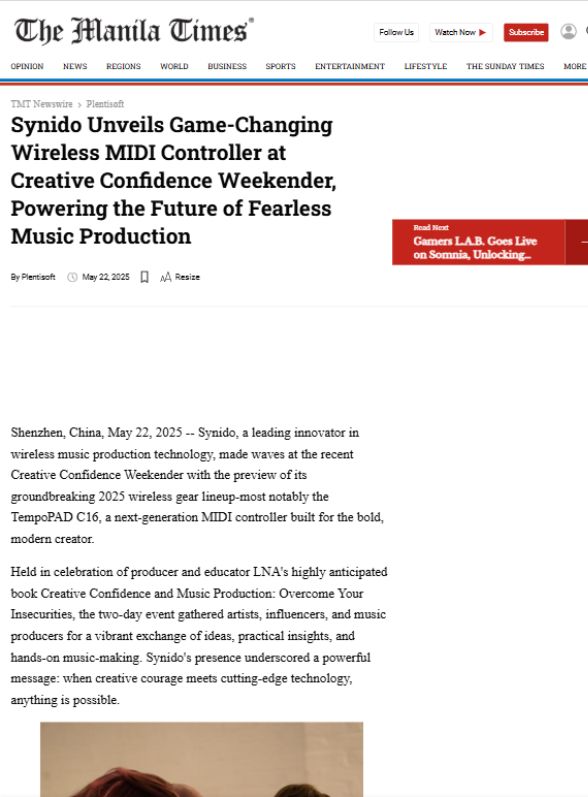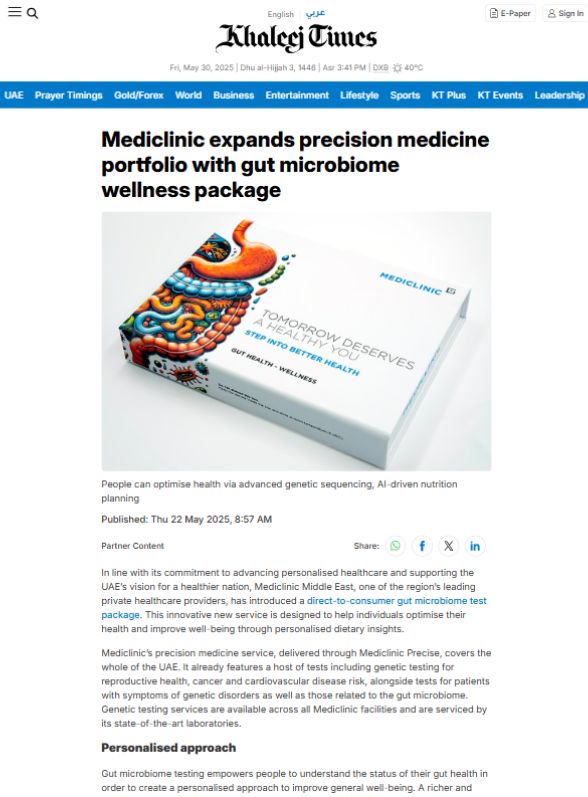In today’s fast-paced digital world, every public relations (PR) effort must demonstrate measurable results. Gone are the days when PR success was defined merely by media mentions or the number of press releases distributed. Today, organizations rely on Key Performance Indicators (KPIs) for public relations to track, analyze, and improve their communication strategies.
KPIs for public relations help determine whether a campaign successfully reaches its target audience, enhances brand reputation, and drives engagement. By tracking these metrics, companies can align PR goals with broader business objectives, ensuring every effort contributes to growth and visibility.
Table of Contents
The Importance of Measuring PR Performance
PR professionals invest time and creativity into building a brand’s story and managing its public image. However, without data-backed insights, it’s challenging to prove the real value of their efforts. Measuring KPIs for public relations provides a clear picture of what’s working and what’s not.
When businesses monitor performance through specific KPIs, they can evaluate campaign effectiveness, improve communication strategies, justify PR budgets, strengthen brand trust, and align PR outcomes with organizational goals. This data-driven approach transforms PR from a subjective art into an objective science, empowering organizations to make smarter decisions.
Key KPIs for Public Relations Success
Every PR campaign is unique, but several core KPIs apply universally. These indicators provide a foundation for evaluating the success of campaigns and ensuring consistent improvement.
1. Media Coverage Quality and Quantity
Media coverage remains one of the most traditional and essential KPIs for public relations. However, the focus should not only be on quantity but also quality. High-quality media coverage appears in respected outlets, reaches the target audience, and conveys positive messaging about the brand. Tracking both the number and sentiment of media mentions helps gauge how effectively the brand’s message is being received. Positive media coverage can enhance brand perception, while negative mentions can signal areas for improvement.
2. Share of Voice (SOV)
Share of Voice measures how much exposure your brand receives compared to competitors in the same industry. It assesses your visibility in the media and online discussions relative to others. A higher SOV indicates strong brand presence, suggesting that your PR strategies are successfully capturing audience attention.
3. Brand Sentiment Analysis
This KPI focuses on the tone of media and online conversations surrounding your brand. Positive sentiment suggests favorable public perception, while negative sentiment indicates potential reputation risks. By analyzing sentiment, PR teams can identify how messages resonate with audiences and adjust communication strategies accordingly.
4. Website Traffic and Referral Sources
A successful PR campaign should drive measurable website traffic. Monitoring increases in visits from media outlets, social platforms, or press releases provides valuable insight into how well PR efforts generate audience interest. Tools like Google Analytics can reveal which PR activities attract visitors and how they engage with your site afterward.
5. Social Media Engagement
Social media has become a cornerstone of modern PR. Tracking engagement metrics such as likes, shares, comments, and mentions helps determine how effectively your content connects with the audience. These interactions indicate audience sentiment, awareness, and interest in your brand’s story, serving as a strong reflection of PR success.
6. Backlinks and Domain Authority
When reputable media outlets or blogs link back to your website, it strengthens both credibility and SEO performance. Backlinks act as digital endorsements, improving search visibility while enhancing your brand’s reputation as an authority in your field.
7. Message Penetration
Message penetration measures how well key messages are understood and remembered by your target audience. Surveys, interviews, and focus groups can help determine if your core messages are being communicated effectively.
8. Lead Generation and Conversions
While PR isn’t purely a sales function, it can directly influence lead generation. Tracking inquiries, form submissions, and sign-ups following PR activities can help evaluate campaign impact on business growth.
9. Media Impressions and Reach
Impressions indicate the potential number of people exposed to your brand’s message. Though not a definitive measure of engagement, they provide insight into campaign visibility and the overall reach of your PR efforts.
10. Crisis Response Effectiveness
During crises, public relations teams must act swiftly and strategically. Measuring response time, message clarity, and reputation recovery rate after a crisis helps evaluate how efficiently the PR team manages high-pressure situations.
Aligning PR KPIs with Business Goals
The most successful PR strategies are those directly linked to overall business goals. Whether your aim is to boost brand awareness, drive website traffic, or improve reputation, KPIs for public relations must reflect those objectives. For example, a startup seeking brand recognition may prioritize media mentions and share of voice. An established brand aiming for trust restoration might focus on sentiment analysis and crisis management effectiveness. A company launching a new product may measure website visits, conversions, and engagement rates. By aligning PR KPIs with business objectives, organizations ensure that communication strategies support measurable growth.
Using Data to Improve PR Strategies
Collecting KPI data is only the beginning. The real value lies in interpreting and using that data to refine strategies. When analyzing metrics, PR professionals should identify patterns and correlations between campaigns and outcomes, adjust messaging based on audience engagement and sentiment trends, and reallocate budgets toward high-performing channels or tactics. Continuous data evaluation ensures that PR efforts evolve alongside audience expectations and market conditions.
How Technology Enhances PR Measurement
Modern technology provides tools that make measuring KPIs for public relations more accurate and efficient. Platforms like Google Analytics, Meltwater, and Cision allow real-time tracking of media coverage, social sentiment, and audience engagement. These tools enable PR professionals to monitor campaigns in real time, identify top-performing media outlets, track conversions from PR-generated traffic, and report tangible results to stakeholders. Technology bridges the gap between creativity and analytics, helping PR teams prove their value and make data-driven decisions.
Common Mistakes in Measuring PR KPIs
Even experienced PR professionals can fall into common pitfalls when tracking performance. To ensure accurate results, avoid focusing only on vanity metrics like impressions without engagement, ignoring qualitative insights such as sentiment and message clarity, failing to align KPIs with business outcomes, and neglecting regular data analysis and reporting. A balanced approach that includes both quantitative and qualitative metrics offers a holistic view of PR performance.
IMCWire: Your Partner in Data-Driven Public Relations
When it comes to achieving measurable success in PR, partnering with the right platform makes all the difference. IMCWire provides a comprehensive press release distribution and media visibility solution that aligns perfectly with the principles of KPI-driven PR. IMCWire enables brands to publish press releases across premium media outlets, ensuring maximum exposure and credibility. Its data analytics tools allow clients to monitor key KPIs for public relations, such as media reach, backlinks, and engagement metrics, in real time.
By using IMCWire, businesses can track performance, analyze outcomes, and optimize future campaigns for better ROI. Whether you’re a startup building visibility or a global brand strengthening reputation, IMCWire helps transform traditional PR into measurable success. Through its advanced reporting tools and vast media network, IMCWire simplifies the process of understanding PR impact. Businesses can easily evaluate their reach, message effectiveness, and engagement levels—all from one platform. IMCWire empowers brands to go beyond exposure, offering data-driven insights that make every PR effort count. It’s not just about sending press releases—it’s about measuring success and driving results that align with your organization’s goals.
The Future of PR Measurement
As communication channels evolve, so will KPIs for public relations. Emerging trends such as AI analytics, influencer partnerships, and integrated marketing strategies will reshape how PR impact is measured. Future PR professionals will rely on real-time insights and predictive analytics to anticipate public response and adjust campaigns proactively. This evolution will push the industry toward even greater accountability and precision.
Best Practices for Setting PR KPIs
Setting effective KPIs requires clarity, consistency, and alignment with business goals. Here are some best practices: define clear objectives before selecting KPIs, focus on metrics that reflect both output and outcomes, ensure KPIs are SMART (Specific, Measurable, Achievable, Relevant, and Time-bound), regularly review and update KPIs to adapt to changing circumstances, and use tools and platforms like IMCWire to track and analyze results efficiently. By following these best practices, organizations can create a strong foundation for long-term PR success.
Why KPIs Matter More Than Ever
In the competitive business environment, every communication effort must deliver measurable outcomes. KPIs for public relations provide the framework to evaluate effectiveness, build accountability, and prove value. They help organizations understand audience engagement, optimize messaging, and justify investments in PR initiatives. When brands measure what matters, they can improve what they measure. KPIs don’t just track performance—they shape strategy, drive innovation, and ensure sustainable success.
Conclusion
Public relations is no longer just about storytelling; it’s about measurable impact. By identifying and tracking the right KPIs for public relations, businesses can transform their PR efforts from intuition-based activities into data-driven strategies. In this evolving landscape, IMCWire stands out as a trusted partner that combines visibility, analytics, and performance measurement into one powerful platform. With IMCWire, organizations can not only distribute their message effectively but also measure and refine their results with precision. Whether your goal is to boost brand awareness, manage reputation, or increase engagement, focusing on PR KPIs—and partnering with IMCWire—will ensure your efforts are both impactful and measurable.

